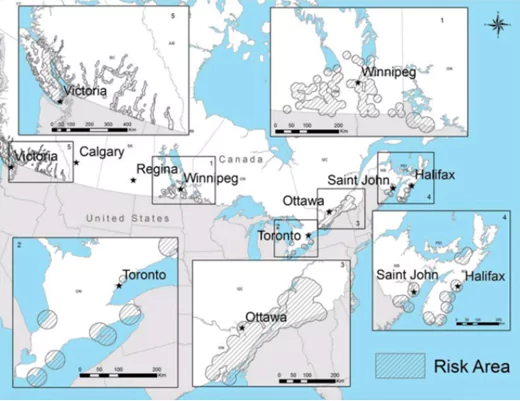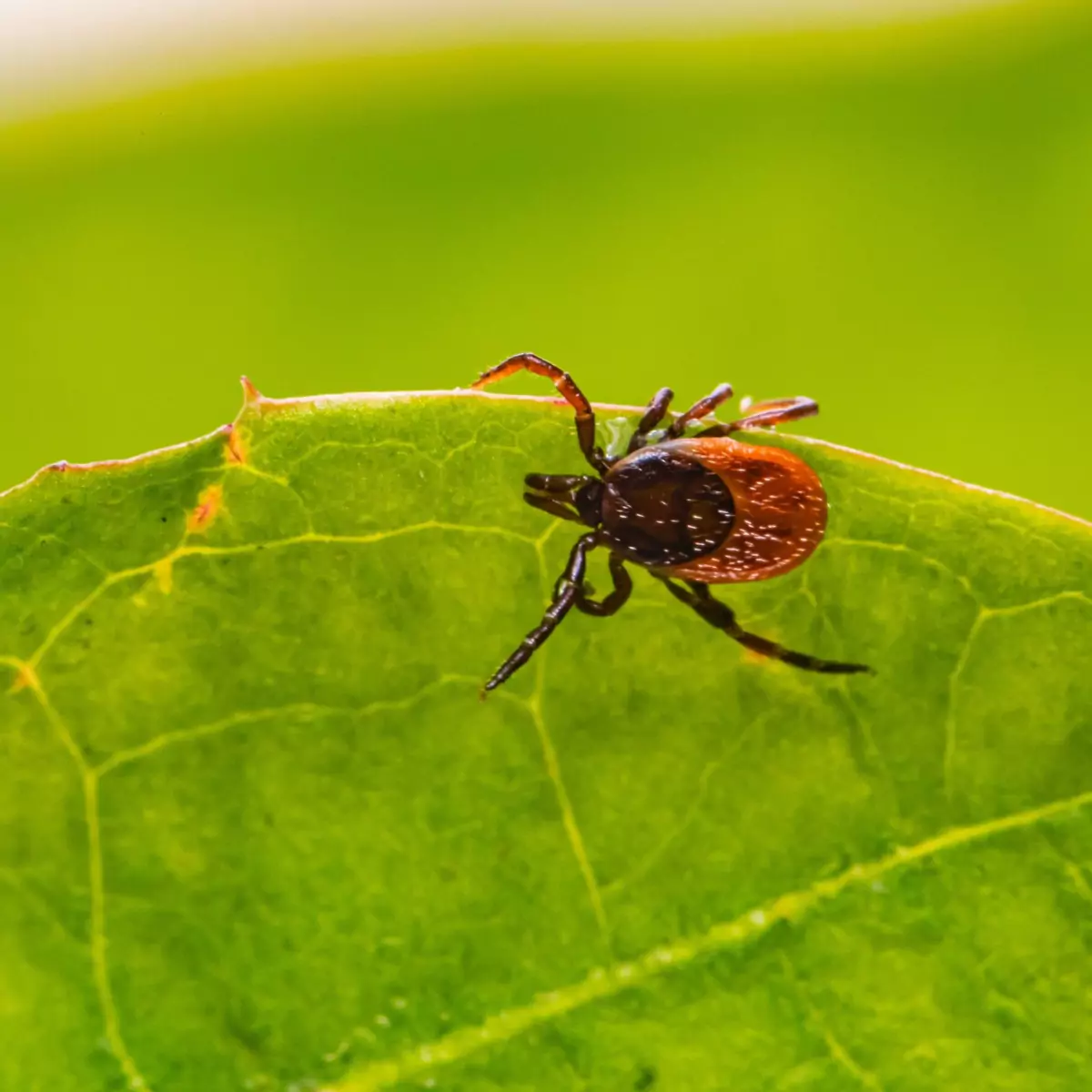Tick-borne diseases are becoming a real threat to workplace safety and worker’s compensation. Many of us have heard of or know someone that has been seriously affected by a tick bite. The greatest risk of acquiring Lyme disease occurs where populations of ticks that carry the bacteria (B. burgdorferi) that causes Lyme disease, have become established. The risk of getting a tick bite starts when the weather warms up in the spring, through until the fall. Ticks can also be active in the winter if the winter is mild and there is not much snow. However, the greatest risk occurs during the spring and summer months.
Blacklegged ticks are most often found in forests, wooded areas, shrubs, tall grass and leaf piles. Because tick populations are spreading, it is possible to be bitten outside of these areas.
Proper tick removal is the key and you can count on Dentec Safety Specialists’ series of Tick Removal kits to protect against this potentially harmful disease.

Southern Manitoba and Western Ontario
Risk areas can be found stretching from the Ontario border west to Turtle Mountain Provincial Park, and from the US border extending to the south shores of Lake Manitoba, Lake Winnipeg and into southern parts of the Interlake.
Southern Ontario
There are five risk areas around Pointe-Pelee National Park, Rondeau Provincial Park, Turkey Point Provincial Park, Long Point peninsula including Long Point Provincial Park and the National Wildlife area, and Wainfleet bog near Welland on the Niagara peninsula.
Southeastern Ontario and Southern Québec
Risk areas are locations around Kingston in the Saint Lawrence valley that extend northeast towards Ottawa, locations covering much of Montérégie, and parts of Estrie and Centre du Québec in the south of Québec.
Maritime Provinces
In Nova Scotia, risk areas are identified in areas of Halifax Regional Municipality and areas of the counties of Lunenburg, Shelburne, Yarmouth, Pictou and Queens.
Southern British Columbia
Risk areas include much of Vancouver Island and the coast of British Columbia facing Vancouver Island, as well as river valleys across southern British Columbia.









